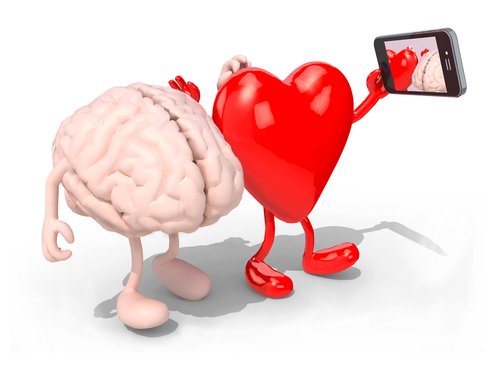High-performance sport is a focal point for the media, and sadly, cases of sudden death in elite athletes appear in the news with relative frequency. This news added to findings such as those of Pellicia et al. (2016), who reported an unexpected and not negligible prevalence of cardiovascular (CV) abnormalities and pathological conditions among Olympic athletes (Pelliccia et al., 2016), have put exercise on the spotlight, with growing concern about the possible negative effects that regular strenuous exercise can provoke.
In light of the existing debate about the increased health risks of elite athletes, we consider that this information could lead people to misconceive the high volumes of exercise that these athletes perform during their sportive life as the cause of the aforementioned CV abnormalities. However, considering that nowadays sedentarism and its associated diseases are one of the greatest public health issues, we must avoid people from thinking of strenuous exercise per se as a source of increased morbidity or mortality.
Performing moderate physical activity has well-documented beneficial effects on CV morbidity, but there is controversy surrounding the effects of larger doses of physical activity (Eijsvogels, Fernandez, & Thompson, 2016). Concerning the CV maladaptation to strenuous exercise, Sanchis-Gomar et al. (2016) found in former elite and amateur athletes aged 40-70 years old that, although they presented an overall pattern of cardiac remodeling in comparison with control non-athletes participants (e.g. larger left and right ventricles and left auricle cavities), these changes were benign, with no differences in cardiac biomarkers (Sanchis-Gomar et al., 2016). Similarly, Bohm et al also reported these non-pathological morphological adaptations in elite master endurance athletes with a training history of 29±8 years, with no differences between these athletes and the control group neither for left or right ventricle volumes nor for cardiac biomarkers (Bohm et al., 2016). These results confirm that although the possibility of exercise-induced cardiac remodeling in elite athletes is high, these adaptations are very likely to be benign.
In fact, there is a large body of research supporting that the population that performs the highest levels of physical activity (i.e. elite athletes) seem to present a lower risk of CV diseases and mortality. Specifically, a meta-analysis including 42087 elite athletes reported a 27% lower risk of mortality associated to CV diseases in comparison with the general population (Garatachea et al., 2014). Furthermore, an epidemiological study that analyzed 15174 Olympic medalists found that these subjects lived a mean of 2.8 years more than the average population, independently of the country or the type of sport performed (Clarke et al., 2012).
On the other hand, it has been described a higher prevalence of sudden death in young athletes than in their non-athletes counterparts (Corrado, Basso, Rizzoli, Schiavon, & Thiene, 2003). However, it is important to highlight that physical exercise was not per se the cause of this enhanced mortality, but it triggered the event in those subjects who were already affected by an undiagnosed CV disease.
Therefore, very large doses of physical exercise such as those performed by elite athletes seem not to increase the prevalence of CV diseases during youth or even in later years, as the CV and mortality risk of elite athletes is the same or even lower than that of the average citizen. The dramatic occurrence of cardiac events in young athletes as well as the interesting results reported by Pelliccia et al. (2016) must raise consciousness about the necessity of an appropriate medical screening in the sportive context; strenuous physical exercise can trigger cardiac arrest in those subjects with a previous undiagnosed CV disease. However, they should not sharpen the discussion on the suitability of performing high-performance physical exercise from early ages.













